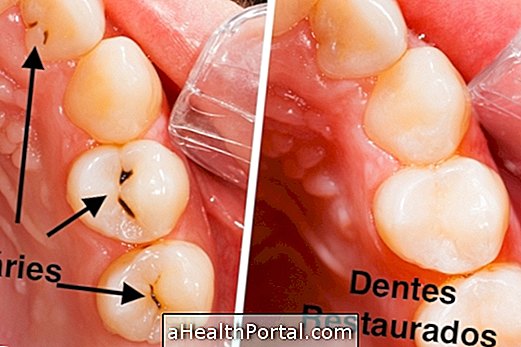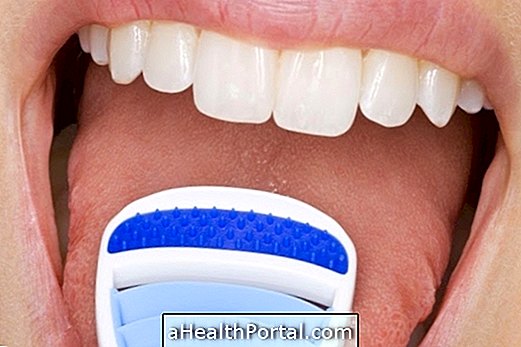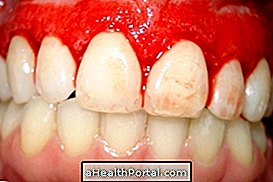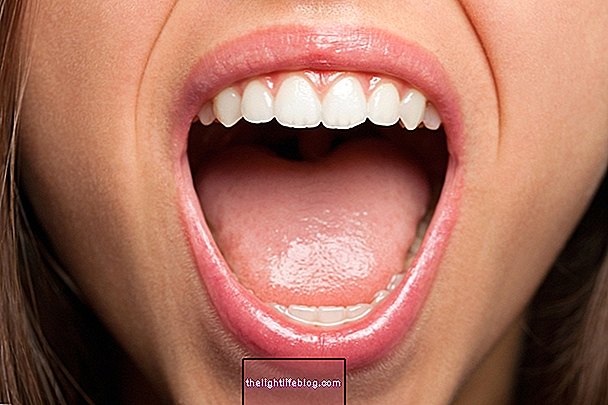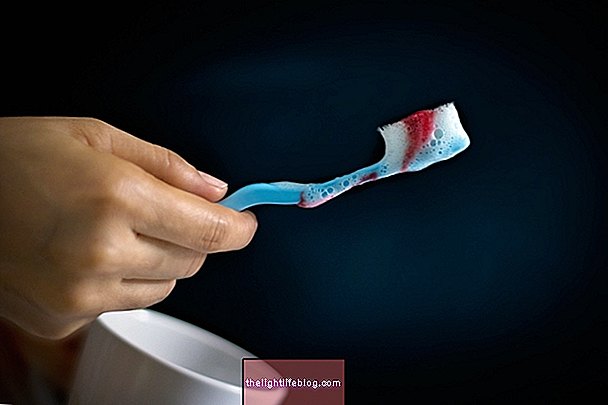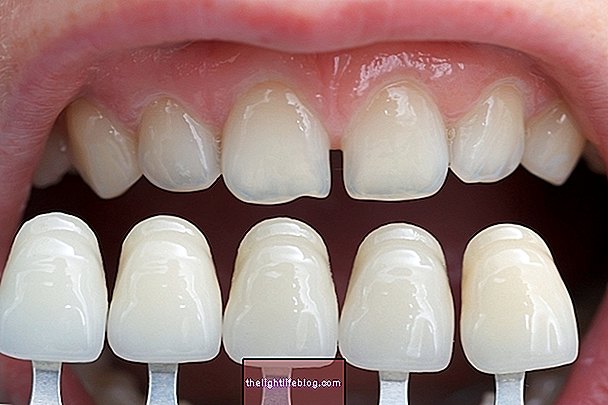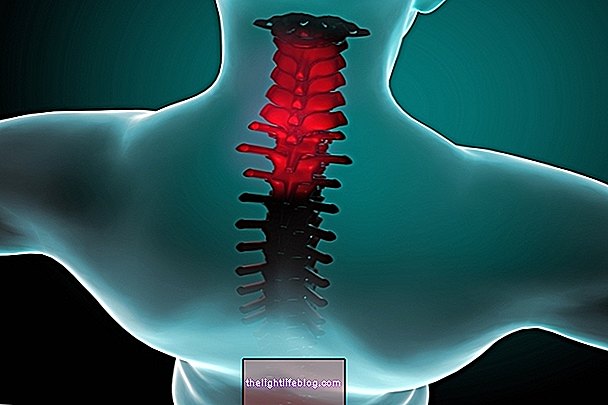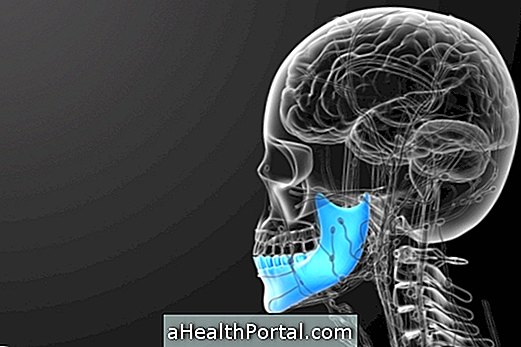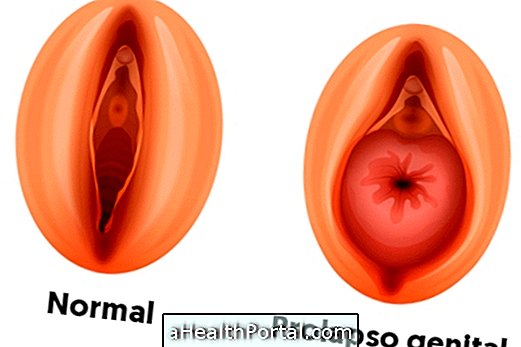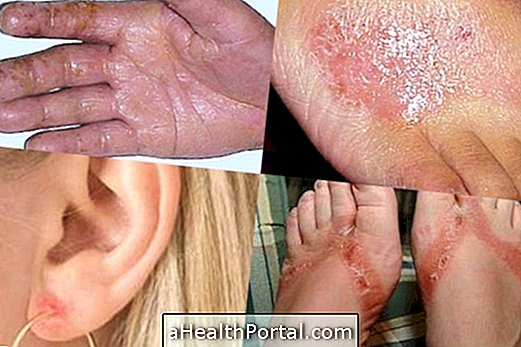The treatment for separate teeth, known scientifically as diastema, varies according to the cause of the problem and the distance between the teeth. Thus, all cases should be evaluated by a dentist in order to identify the most convenient way for each person.
However, the most commonly used treatments include:
- Fixed dental appliance : It is usually used in children and adolescents to correct a small space between the teeth. It should be used between 1 and 3 years and, after being removed, it is necessary to put a small strip of metal behind the teeth to avoid that they pull away again;
- Fixed dental prostheses, also known as facets: is the most commonly used correction in adults or when the distance between the teeth is greater. It consists of the placement of dental contact lenses that cover and stick to the teeth, blocking the space between them. Understand better how this technique works.
- Resin application : can be used when the teeth are slightly apart, a resin is applied that dries and becomes hard, closing the space between the teeth. This technique is more fragile than facets because the resin can break or move.
In addition, there are cases in which the teeth are separated due to the low insertion of the lip brake, which is the skin that joins the inside of the upper lip to the gum. In these cases, the dentist may recommend surgery to cut the brake, allowing the teeth to naturally return to their place.
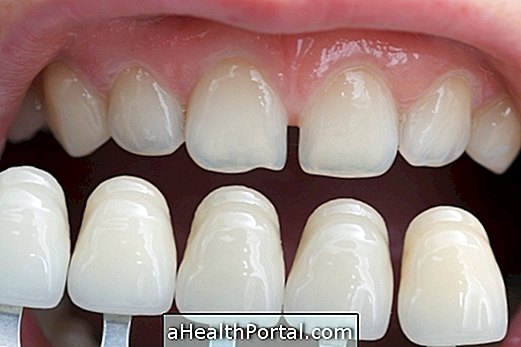
Because your teeth can stay away
There are several causes for increasing the distance between the teeth, the most common being that the jaws are larger than the size of the teeth, allowing them to be further apart. However, other causes include lack of growth of some teeth, low insertion of the lip brake, excessive finger sucking or blows in the mouth, for example.
Separated teeth are also more common in some diseases such as Down Syndrome, acromegaly or Paget's disease.
